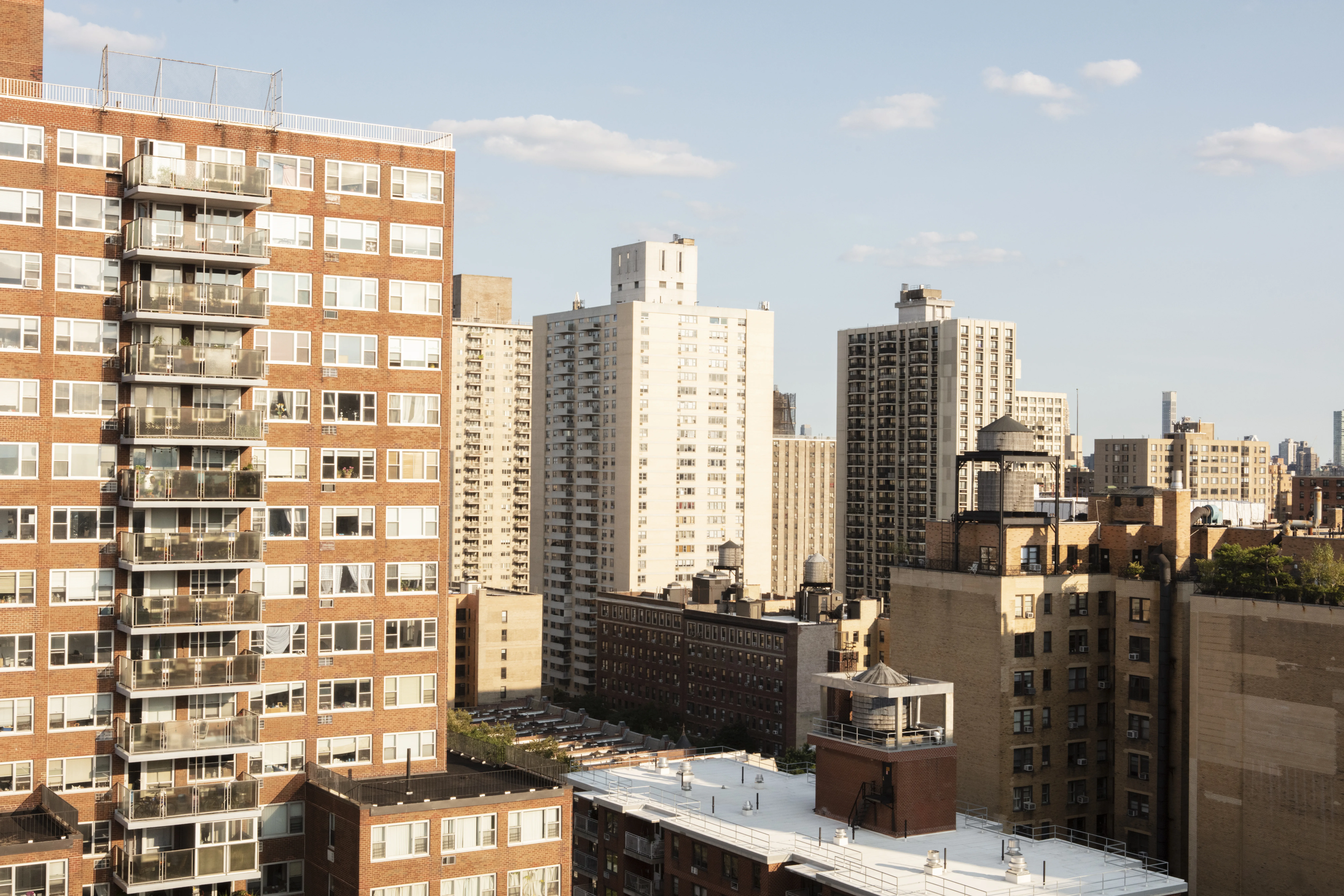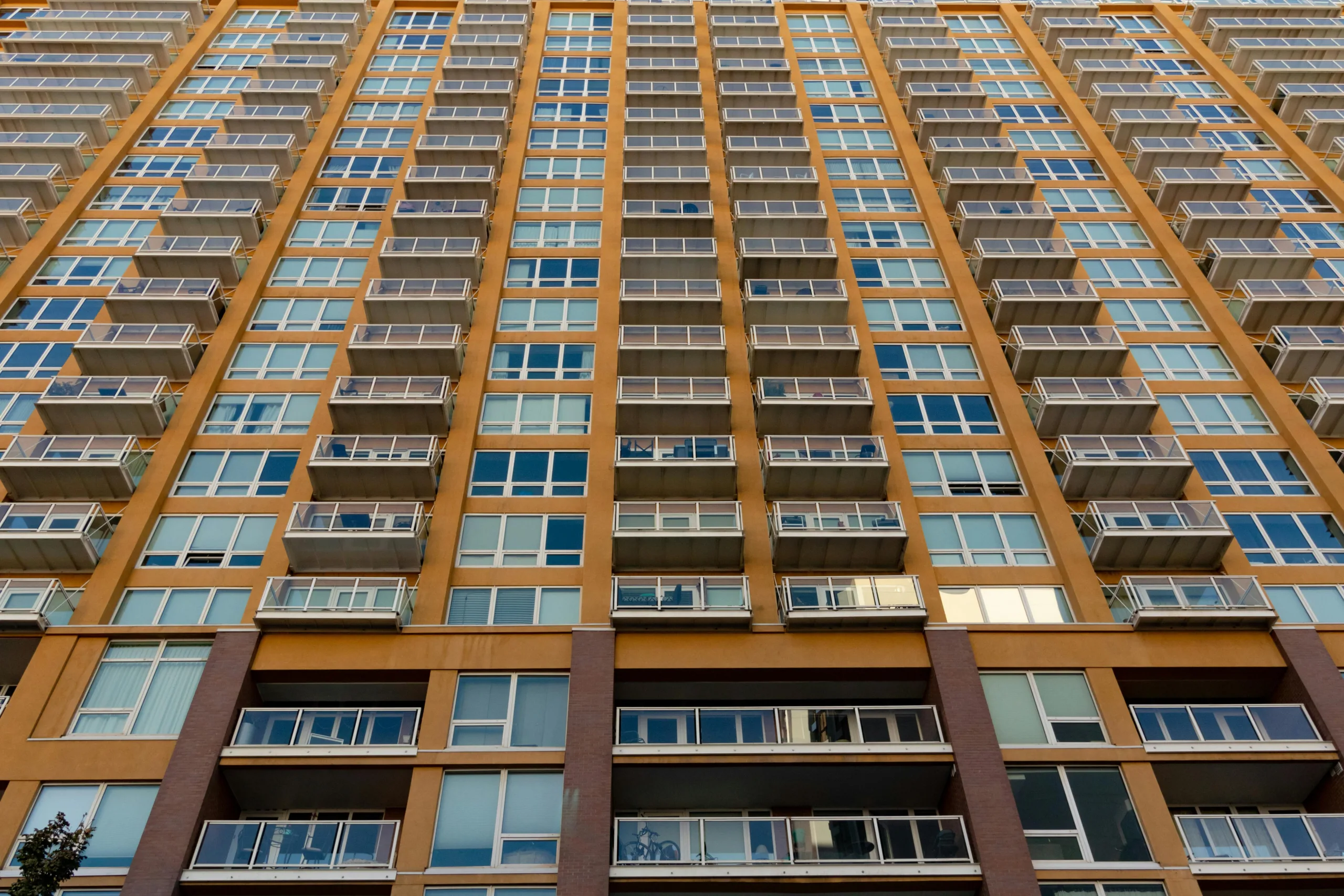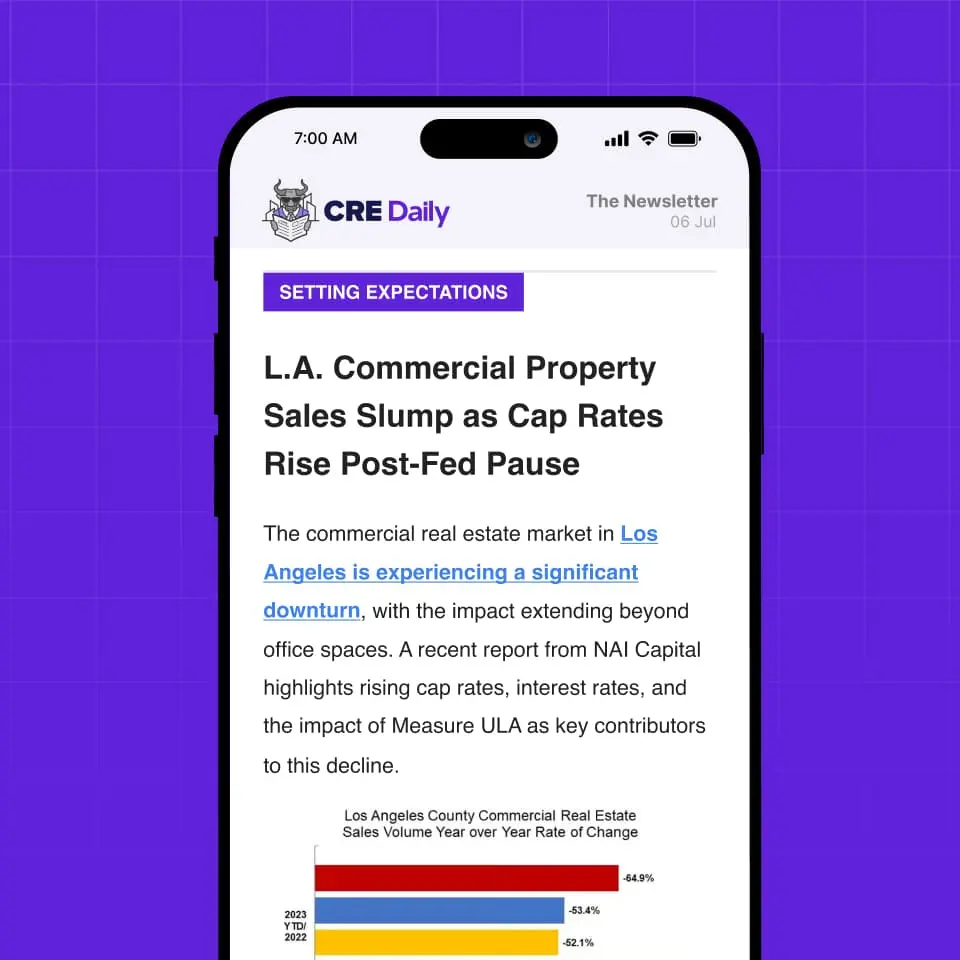- Opportunity Zones are now permanent, thanks to the One Big Beautiful Bill Act, with new tax benefits starting in 2027.
- A short-term dip in investment is expected, as investors must pay deferred capital gains taxes by the end of 2026.
- Fewer but more targeted zones are coming, as updated eligibility rules reduce the number of qualifying areas by around 20%.
OZ 2.0 Brings Long-Term Stability
The Commercial Observer reports that the Opportunity Zone (OZ) program now has a permanent place in the US tax code. The recently passed One Big Beautiful Bill Act expands and stabilizes the program, which aims to attract investment in economically underserved areas.
Although the changes take effect in 2027, investors face a challenging period ahead. Deferred capital gains taxes from earlier OZ investments are due at the end of 2026, which could slow new funding in the short term.
Investors Prepare for a Short-Term Dip
Those who invested under the original 2017 law must pay taxes on their deferred gains by the end of 2026. Depending on how long they held the investment, they may exclude 10% to 15% of the gain. But taxes on the rest are due.
Many investors are expected to hold off on new deals in 2026. Some will spend the year preparing to deploy capital under the new rules that start in 2027. Advisors, family offices, and institutional investors are already modeling how to time their next moves.
Get Smarter about what matters in CRE
Stay ahead of trends in commercial real estate with CRE Daily – the free newsletter delivering everything you need to start your day in just 5-minutes
New Rules, New Zones
The revised program offers new benefits:
- Investors can now defer capital gains on a rolling five-year basis.
- Holding an investment for at least five years yields a 10% basis step-up.
- Rural zones get up to a 30% basis step-up to attract more capital.
The 10-year tax exemption on gains remains unchanged. However, investors must now meet new transparency requirements. The Treasury Department will track data like poverty rates, rent burden, and homeownership in each zone. This added oversight aims to improve how OZs impact local communities.
Governors will select new zones in 2026. Unlike the first round, they’ll have more data and experience to guide their choices. Fewer zones will qualify, as the law now defines “low-income” as earning 80% of the area median income, up from 70%. That change alone could reduce the number of zones by about 20%.
Long-Term Holds Still Offer the Most Value
The 10-year hold rule continues to be the program’s biggest advantage. According to Novogradac, that benefit is worth more than the temporary deferrals or capital gains exclusions. Investors with long horizons—especially in real estate and infrastructure—will likely stay focused on the long-term upside.
New interest spans asset types. Developers are eyeing suburban land for housing and highway-adjacent plots for logistics hubs. Compared to the first round, where some OZs included areas near elite universities, states are expected to choose zones more strategically.
What Happens Next
Activity is expected to ramp up by mid-2026. That’s when governors will define the new Opportunity Zones, and investors will begin positioning capital. For now, most existing funds will stay the course. Investors are also delaying events—such as business sales—to time gains with the 2027 rules.
Barrett Linburg of Savoy Equity Partners summed it up:
“It was like a play thing, whereas now, it’s a forever thing.”
Why It Matters
Opportunity Zones are no longer temporary. The program’s permanent status and improved incentives could lead to more impactful and strategic investment—once the market moves past a near-term slowdown.


















